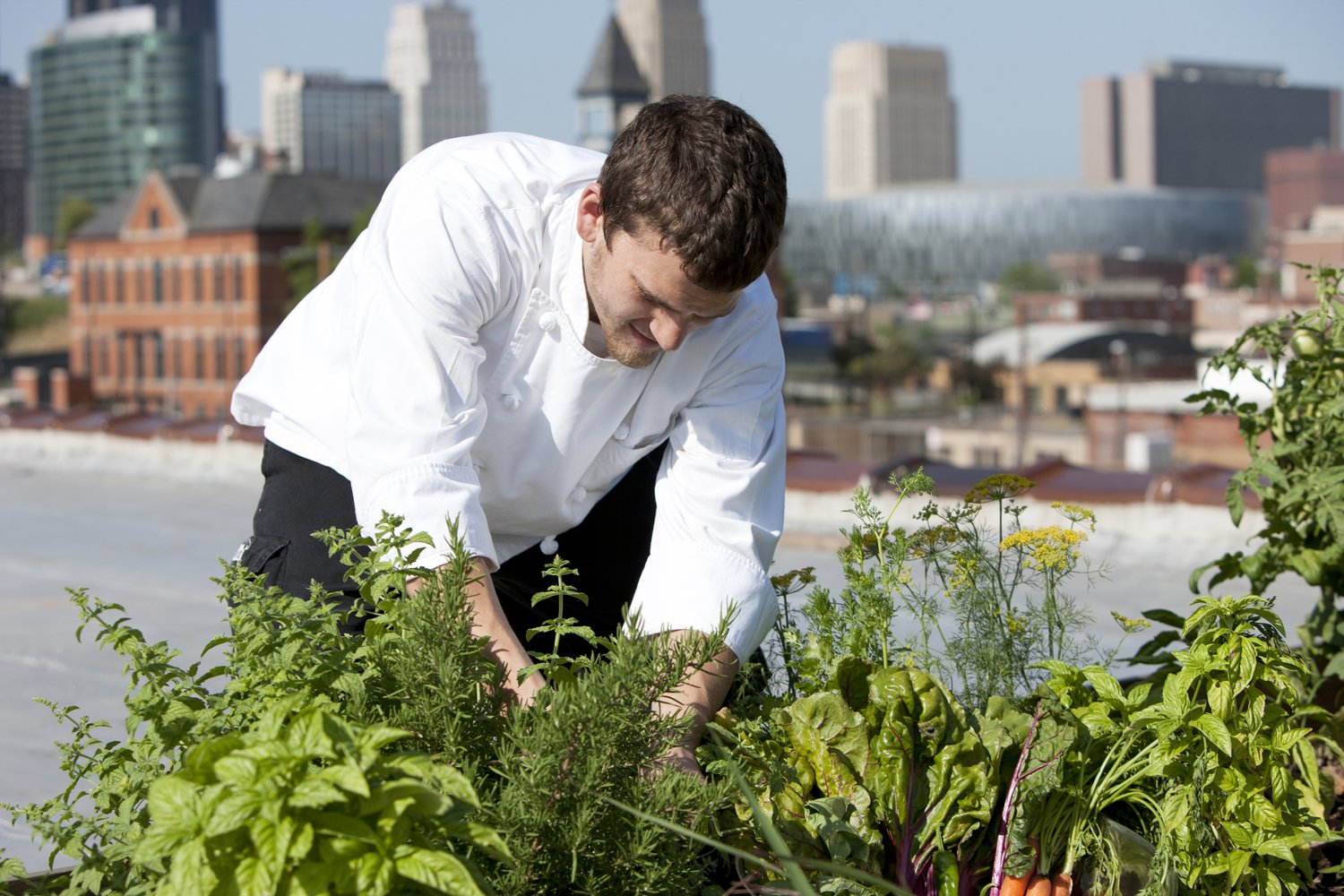Not known Facts About City Blooming
Not known Facts About City Blooming
Blog Article
The 15-Second Trick For City Blooming
Table of ContentsCity Blooming Can Be Fun For EveryoneA Biased View of City BloomingNot known Incorrect Statements About City Blooming Our City Blooming IdeasSee This Report on City Blooming
Fascinated in growing food for sale in the City of Chicago? Below is a listing of often asked inquiries pertaining to the guidelines and guidelines that farmers should take into consideration when planning a city agriculture job.
The zoning modification does not modify any other codes handling composting, building authorizations, buying or leasing City possessed home, service licenses or environmental contamination. There are existing codes that manage these issues and they remain completely effect and may be appropriate to your project. Neighborhood gardens are usually possessed or taken care of by public entities, civic companies or community-based companies and maintained by volunteers.
Urban farms expand food that is intended to be marketed, either on a not-for-profit or for-profit basis. Due to their business function, urban farms require a business permit.
The 10-Second Trick For City Blooming
The quantity of compost material can not exceed 25 cubic backyards at any kind of given time according to the criteria in 7-28-715 of the City's Municipal Code. Because the soil at the majority of brand-new yard sites needs amending, garden compost, soil, timber chips, or various other products can be gotten to construct or enhance the growing area.

If a structure authorization is called for after that the hoophouse will be thought about an accessory structure. You can find out even more regarding the building license demands by calling the Division of Structures. The 25,000-square-foot dimension restriction is intended to prevent a solitary neighborhood garden from dominating a provided block or diminishing the block's existing household or commercial character.
The limitation does not use to yards situated in Public Open Area (POS) districts. Can there be even more than one neighborhood yard that is 25,000 square feet on a single block? Fencing is not called for, nevertheless, gardens that have big car parking locations may be needed to install fencing or other landscape design functions.
City Blooming Things To Know Before You Buy
B1 & B2 areas need that all business usage tasks be performed inside. R districts limit commercial activity. The regulations reflect the function and intent of the Zoning Code. Is secure fencing required for city farms? Yes. Fencings might be needed, along with landscaping and screening, for sure parking lot and exterior job or storage locations relying on location and the specific task happening.
Yes. Urban farms call for building licenses and zoning authorizations prior to construction. Other types of city testimonial might be required depending upon certain structures, activities, size, landscaping, licensing, public heath and stormwater management problems. Several of these demands are determined in the task layout or permitting procedure, however, the applicant might be responsible to individually identify particular licenses or permits that might be needed.
The Division of Organization Affairs and Consumer Protection can help establish the certain type of business license that's needed. Off street parking is needed for many industrial projects in Chicago. The called for number of parking areas is based on the number of employees working on site and not the square footage of the growing area.
The Buzz on City Blooming

An urban farm can sell compost product created on site, nonetheless, the operation has to comply with the regulations in 7-28-715 of the Chicago Municipal Code. Aquaponic systems are enabled indoors on city farms in lots of zoning areas.
As much as 5 hives or colonies of honey bees may be maintained as an accessory usage. Beekeepers need to sign up with the Illinois Division of Farming. For more details regarding the recommended zoning change you may contact the Division of Housing and Economic Development, Bureau of Preparation and Zoning at 312.744.8563.
Farming in cities and urban locations A city ranch in Chicago. Urban farming describes various techniques of cultivating. https://trello.com/u/cityblooming, processing, and dispersing food in city locations. The term also uses to the location activities of animal husbandry, tank farming, beekeeping, and gardening in a metropolitan context. Urban agriculture is differentiated from peri-urban agriculture, which happens in rural locations at the side of residential areas.
The Single Strategy To Use For City Blooming
, that seek to form social networks started on a shared values of nature and neighborhood holism. These networks can establish by method of official institutional support, coming to be integrated right into regional town preparation as a "change town" movement for sustainable metropolitan growth.
The a lot more straight access to fresh veggie, fruit, and meat items that might be know through city farming can improve food safety and security and food safety and security while lowering food miles, leading to lower greenhouse gas discharges, therefore adding to environment adjustment reduction. Several of the very first evidence of city agriculture originates from Mesopotamia.
Report this page